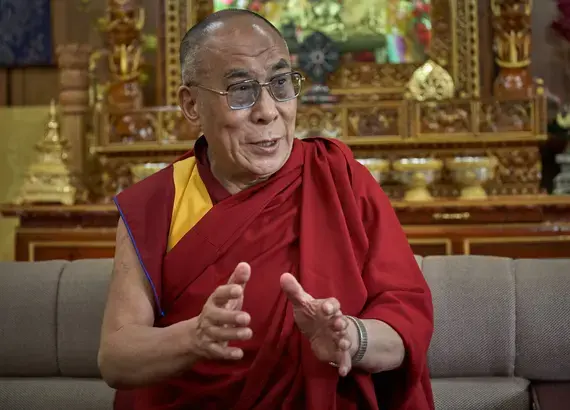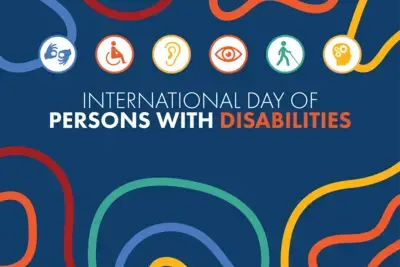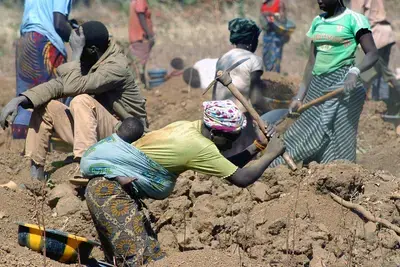
Success Story
Democracy-in-Exile: The Tibetan community’s enduring commitment to democratic principles
His Holiness the 14th Dalai Lama turned 85 this week, and millions of followers of the charismatic religious leader joined Tibetans across the world to celebrate his birthday. In the years since his exile from Tibet in 1959, the Dalai Lama has become both a major international figure and a common symbol of peaceful resistance, leading a community and a cause that has garnered significant international support. Despite the challenges of sustaining and coordinating efforts over half a century, the Tibetan people remain deeply committed to their cause, even while their relatively small community-in-exile is scattered across the globe. At a time when China’s malign influence has either directly or indirectly instigated patterns of democratic decline in Asia, the Tibetan people’s efforts to practice democracy are truly remarkable. But as His Holiness’ birthday reminds the world of his age, a difficult question arises: how will the Tibetan cause sustain itself after its greatest champion passes away?
As the Central Tibetan Administration (the name for the government-in-exile) prepares itself for this transition, it is working to develop sustainable democratic institutions that can continue to champion the cause. To that end, NDI is working with the CTA to identify ways in which it can improve its electoral processes, build the capacity of its elected representatives and foster effective communications. In 2019, NDI conducted an electoral, parliamentary and communications assessment of the CTA, with the support of the U.S. State Department’s Bureau of Democracy, Human Rights and Labor. During our assessment, NDI analyzed CTA’s Charter and electoral rules and regulations and met with more than 350 CTA officials, members of parliament (MPs) and Tibetan community members. Based on these interviews and analysis, NDI made a series of recommendations to strengthen electoral processes, improve and expand legislative capacity, and enable the CTA to communicate more effectively with its constituents.
As a government-in-exile without an internationally recognized jurisdiction and democratic movement based on principle and people, the CTA faces a variety of unique challenges. Most significantly, the administration does not have claim to an internationally recognized sovereign state, its members have to follow the laws of its respective host countries, and it cannot rely on taxes as a source of income. While the Tibetan Parliament-in-Exile (TPiE) faces challenges in effective legislation, oversight and representation shared by most legislative bodies, they also face considerable additional logistical challenges due to the fact that they represent and work on behalf of communities spread across multiple national boundaries and time zones. Several MPs also juggle full-time jobs while serving as representatives of the Tibetan people and the movement.
Holding elections in this context is particularly challenging. Every five years, the Tibetans elect a 45-member parliament. Elected MPs represent fellow Tibetans -- both those living in exile and those still in Tibet, struggling under a hostile regime -- with electoral constituencies demarcated along regional (within Tibet) and religious lines. In addition to the Parliament-in-exile, the Tibetan community also has local assemblies with directly elected members.
During our assessment, NDI examined the legal and institutional framework for elections as well as the ways election campaigns are conducted, and reviewed stakeholder perceptions of the electoral process. Findings from our assessment are helping inform ongoing electoral support programs for the Tibetan community. With regards to the functions of the TPiE, NDI also identified several ways in which the TPiE can improve and expand legislative capacity and executive oversight; reinforce the representational role of MPs and improve citizen engagement; strengthen the parliamentary committee system and develop the institutional capacity of the TPiE in general. NDI’s assessment also made several recommendations focused on improving patterns of communication within the CTA, between elected officials and Tibetans, and with the international community -- which include dealing with considerable challenges to digital security.
Even as Tibetans around the world celebrate the 14th Dalai Lama's leadership, questions are rising over the longer-term future of the movement and its leadership. Although there are no immediate concerns with His Holiness’ health, the inevitable issue of succession to the next Dalai Lama remains in the back of everyone’s mind, and cannot be ignored. Within the Tibetan community, most believe that the transition can be successfully managed but also know that this process will not happen without significant challenges from China, which includes the potential to interfere with the identification of the next Dalai Lama. Proactive steps are being taken in anticipation of these challenges and to ensure the continued solidarity and unity of the Tibetan community as it works towards their shared goals. Strengthening the political leadership of the CTA is one of these steps.
It is difficult to say what lies ahead for the Tibetan people and the Tibetan cause, and the coming years could bring some of the greatest challenges this community has faced since they fled Tibet over 60 years ago. As NDI has observed, the exiled Tibetan community’s commitment to democracy in light of these logistical and political challenges is remarkable and inspiring. The CTA is making concerted efforts to internally strengthen its democratic institutions and practices, and continued support from the international community could help a great deal with the long-term work of institutionalizing these principles and deepening the resilience of this democratic culture.



